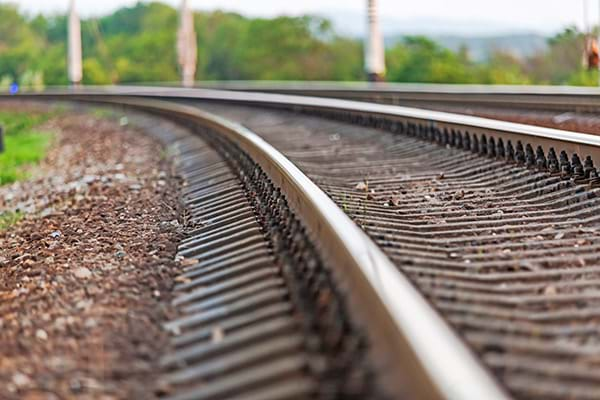Industrier
Försäkring
Tillverkning
Datacenter
Vindkraftverk och förnybar energi
Sjöfart och offshore
Hälsovård
Skolor
Mat och dryck
Försäkring
Vi bistår försäkringsgivare och skadereglerare i små och stora ärenden med att återställa utrustning tillbaka till tillståndet före skada för att i slutändan spara tid och pengar åt kunderna.
Tillverkning
Vi erbjuder återställning och sanering av specialutrustning. Vi har kunskap om industrimaskiner och de kostnader och inlärningskurvor som följer med ny utrustning.
Datacenter
Vi återställer datacenter baserat på de mest kostnadseffektiva åtgärderna, inklusive en analys av återställning kontra ersättning.
Vindkraftverk och förnybar energi
Vårt team har under närmare 40 år framgångsrikt lyckats hantera hundratals projekt inom ett brett utbud av fabrikat och modeller i över 60 länder runt om i världen.
Sjöfart och offshore
Våra experter har blivit inbjudna att hjälpa till i marina fall av alla storlekar, från små fartyg till några av de största i världen.
Hälsovård
Våra ingenjörer och tekniker, många inom det biomedicinska området, har gett vägledning om återcertifiering och återställning av skador på medicinsk utrustning över hela världen.
Skolor
Vi arbetar med alla inblandade parter för att minska förlusten efter en skada så fort som möjligt och hjälpa skolan tillbaka till ordningen.i arbetar med alla inblandade parter för att minska förlusten efter en skada så fort som möjligt och hjälpa skolan tillbaka till ordningen.
Mat och dryck
